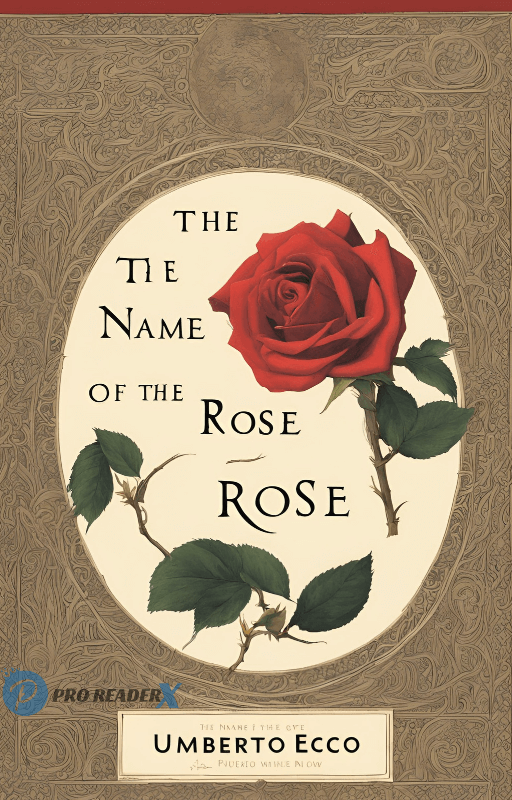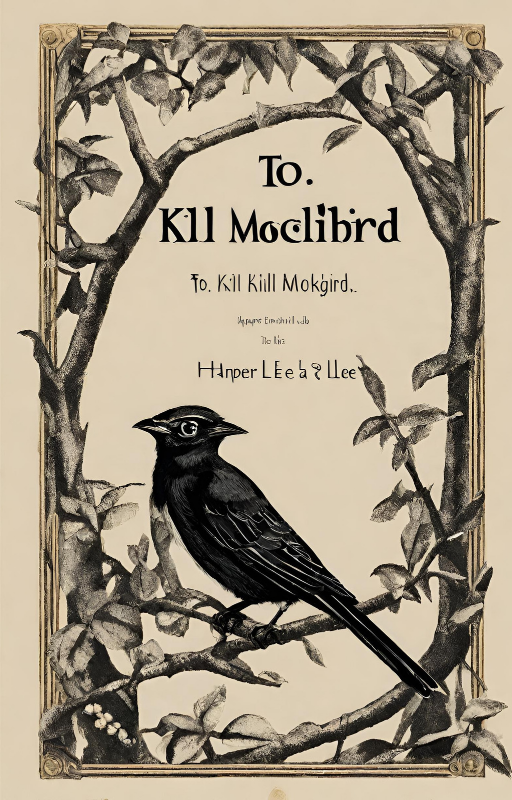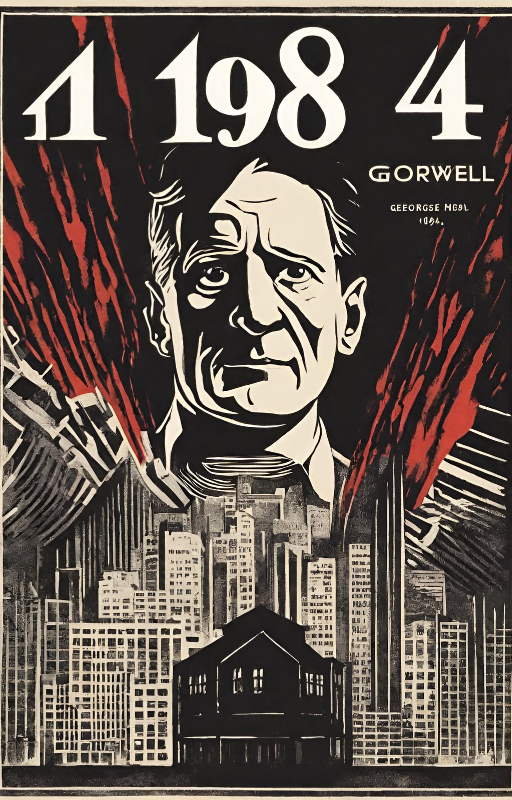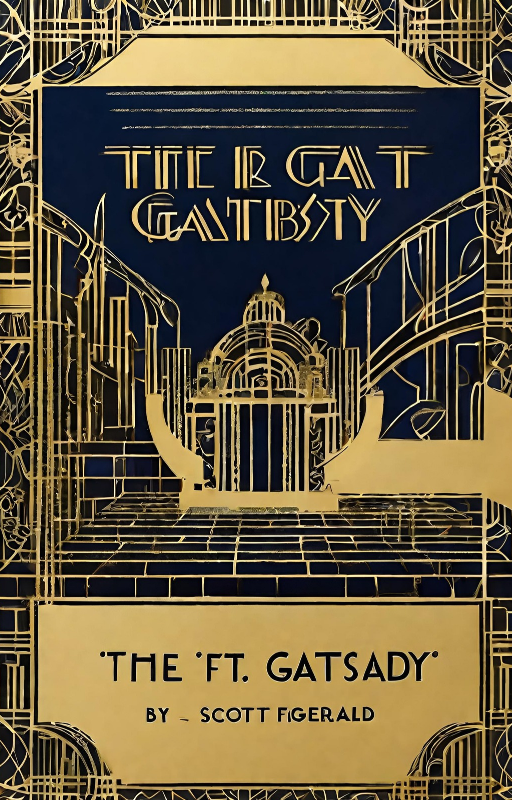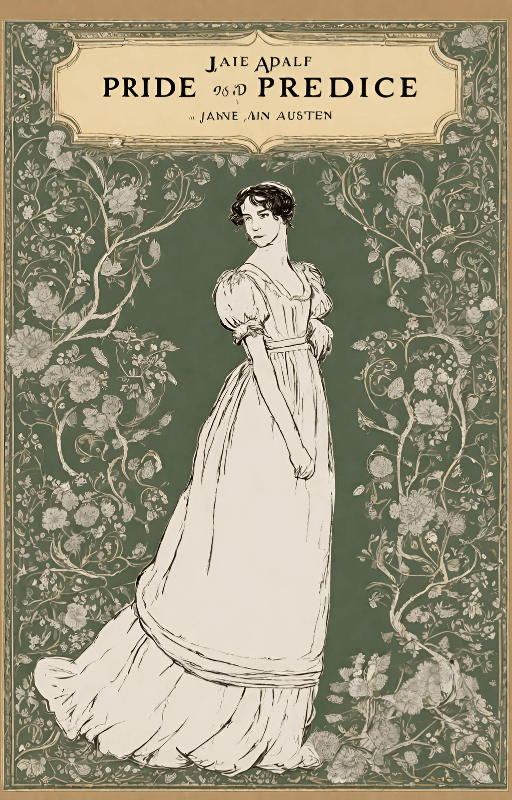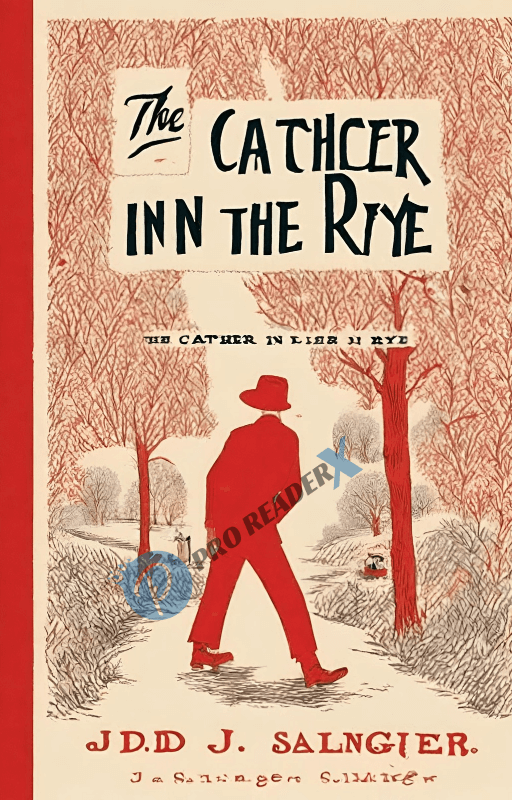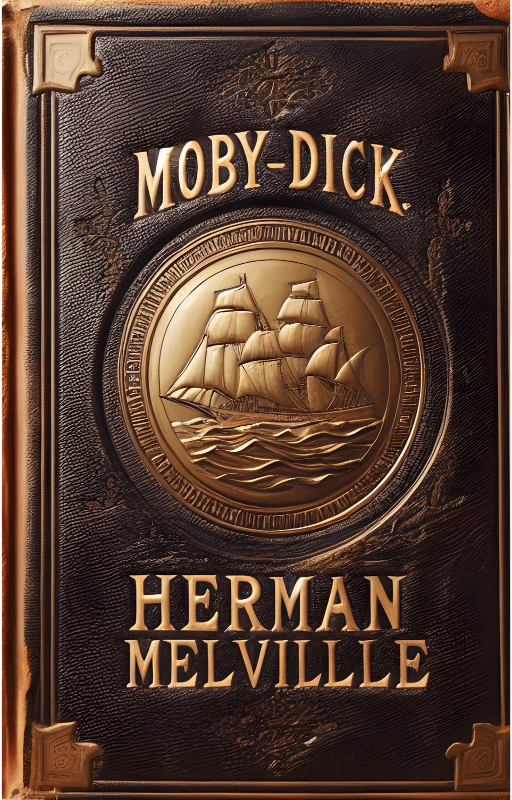Introduction
Since its initial publication, readers have been enthralled by Umberto Eco’s compelling blend of mystery, history, and philosophy in “The Name of the Rose.” We will explore this intricate masterpiece’s concepts, personalities, and enduring legacy.
Background of Umberto Eco
Writer Umberto Eco, who wrote “The Name of the Rose,” was born in Italy in 1932 and is regarded as the novel’s genius. Eco was raised academically, so he became passionate about philosophy and literature. Through his scholarly pursuits, which included the study of signs and symbols and their meaning in different cultural contexts, he rose to prominence as a semiotician. Rich symbolism and intellectual depth are hallmarks of Eco’s writing, greatly influenced by his wide range of interests and semiotics expertise.
Synopsis of “The Name of the Rose”
Set in a 14th-century Benedictine monastery in Italy, “The Name of the Rose” follows Franciscan friar William of Baskerville and his novice travel companion Adso of Melk. Arriving at the monastery for a theological discussion, they soon become involved in a string of odd fatalities. As he investigates the deaths, William discovers a maze of secrets, falsehoods, and restricted knowledge hidden beyond the monastery’s walls.
Themes in “The Name of the Rose”
The nature of truth
Eco uses the many character viewpoints to explore the illusive quality of reality. The reader is forced to reconsider their views, as each point of view of the events exposes a different aspect of reality.
Religion and power
The monastery is a miniature version of medieval society, with powerful religious institutions. Eco is against the misuse of power and profit-making from religion.
Knowledge and ignorance
Plot-wise, the conflict between ignorance and awareness is essential. The monastery’s library, a representation of knowledge, transforms into a source of deadly thoughts and a lighthouse of enlightenment.
Analysis of Characters
William of Baskerville
William is an intelligent and sensible person who exemplifies reasoned investigation. Because of his deductive reasoning and keen observation skills, he is an excellent detective, but the secrets of the monastery test his sanity.
Adso of Melk
Adso, William’s naive and innocent companion, is the reader’s tour guide through the complex plot. The more general ideas of enlightenment and discovery are echoed in his journey from innocence to experience.
Jorge of Burgos
Jorge is the story’s mysterious adversary, representing the dangers of dogmatism and extremism. His genuine quest for orthodoxy has fatal consequences that highlight the destructive power of intellectual extremism.
Literary Techniques
Eco embellishes “The Name of the Rose” with various literary devices.
Narrative style
The book is presented as an older man’s memoir, in which Adso muses on his childhood experiences. The layers of complication and ambiguity this retrospective narrative gives to the event encourage readers to question the integrity of Adso’s account.
Symbolism
Everything in the story is symbolic, from the intricate layout of the monastery to the magnificent structure of the famous rose window. These symbols are like keys that reveal thematic subtexts and secret meanings woven throughout the story.
Intertextuality
Eco deftly ties literary works, philosophical texts, and historical events into his storyline. This intertextual approach enhances the reading experience by allowing readers to find links and meanings outside of the book’s pages.
Reception and Legacy
When it was released in 1980, “The Name of the Rose” won high marks from critics for its originality, nuance, and intricacy. It is fast becoming a global success, cementing Eco’s place as a literary titan. The book has since inspired countless works of art, music, and academic study and has been turned into a well-liked movie.
Conclusion
With “The Name of the Rose,” Umberto Eco transports readers through medieval mystery and philosophical investigation halls. Rich symbolism, a complex plot, and thought-provoking subjects keep readers coming back and spark deep discussions on the nature of truth, the value of knowledge, and the never-ending pursuit of enlightenment.
FAQs
Q1. Is there a real narrative behind “The Name of the Rose”?
Though it draws on real-life ideas and incidents, “The Name of the Rose” is a work of fiction.
Q2. How does the rose figure in the book?
The rose represents yearning for information, concealment, and beauty. Its appearance emphasizes the ideas of discovery and enlightenment.
Q3. In what writers did Umberto Eco draw inspiration?
Philosophers of many stripes, including literary theorists like Roland Barthes and semioticians like Ferdinand de Saussure, influenced Eco’s writing.
Q4. Why does “The Name of the Rose” have a negative reputation?
Many find Eco’s book satisfying yet challenging because of its complex plot, rich symbolism, and intellectual depth.
Q5. What other Umberto Eco books would you suggest?
Fans of “The Name of the Rose” might appreciate Eco’s other books, which likewise delve into historical, political, and philosophical subjects, “Foucault’s Pendulum” and “The Prague Cemetery.”
